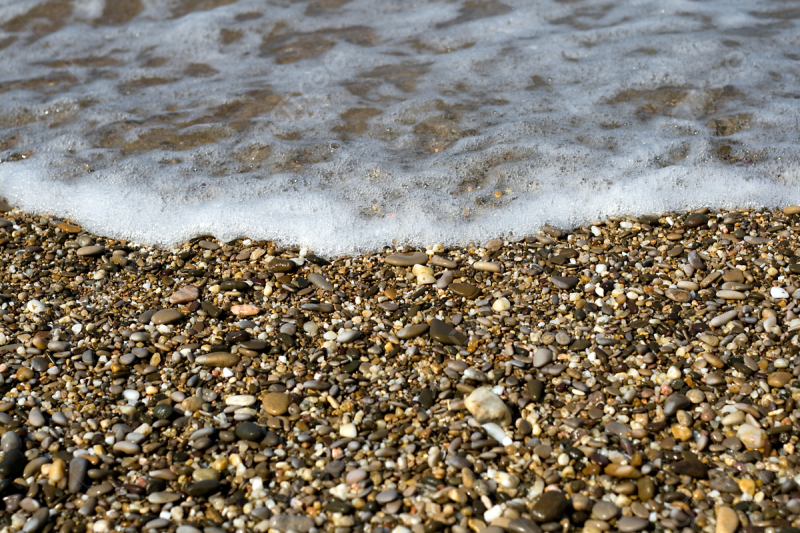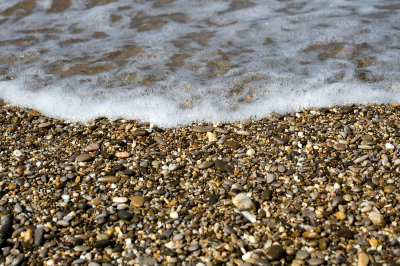Revisiting the beach brings joyful childhood memories for many, especially the practice of collecting various shapes of gravel and taking them home. However, removing too much gravel or other sediment makes the marine beach less capable of functioning as a natural barrier against flooding and erosion. Experts have pointed out that the beach adapts to changes in waves over the seasons, with gravel being frequently transported by waves, resulting in sorting different sizes of sediment into various areas of the beach.
More energetic waves during winter storms can carry larger sediments to the beach, forming a steep series of gravel known as a "sandbar," which is often found at the upper beach and acts as the first line of natural defense against storms. It absorbs and disperses wave energy, reducing the risk of water moving beyond the beach. The cumulative effect of removing gravel disrupts natural sorting processes and disturbs the overall dynamic balance on the beach.
Research is ongoing to understand how gravel beach systems respond better to waves and storms. In a changing climate, where storm risks are expected to become more severe and frequent, there is an urgent need to retain sediments on the beaches and allow for natural coastal protection. The report is prepared by Joseph Earl and Susanna Ilic of the Lancaster Environment Centre, Lancaster University.




